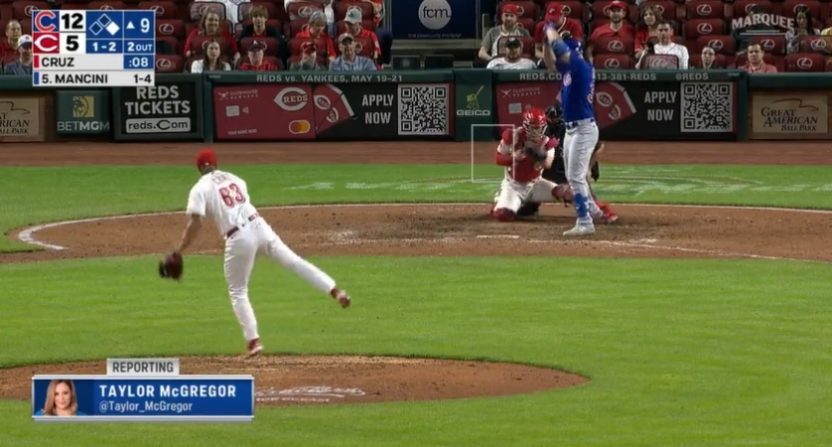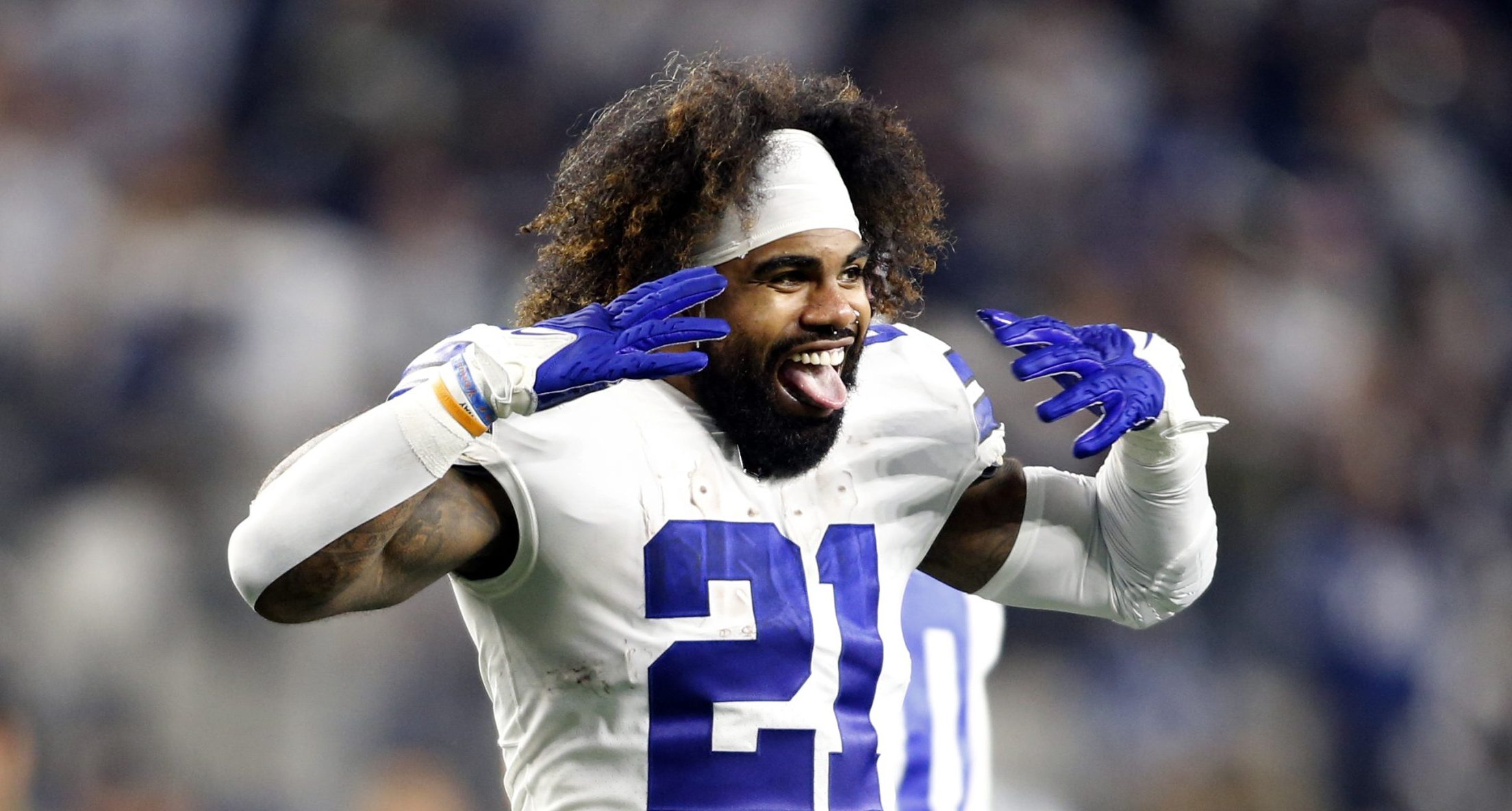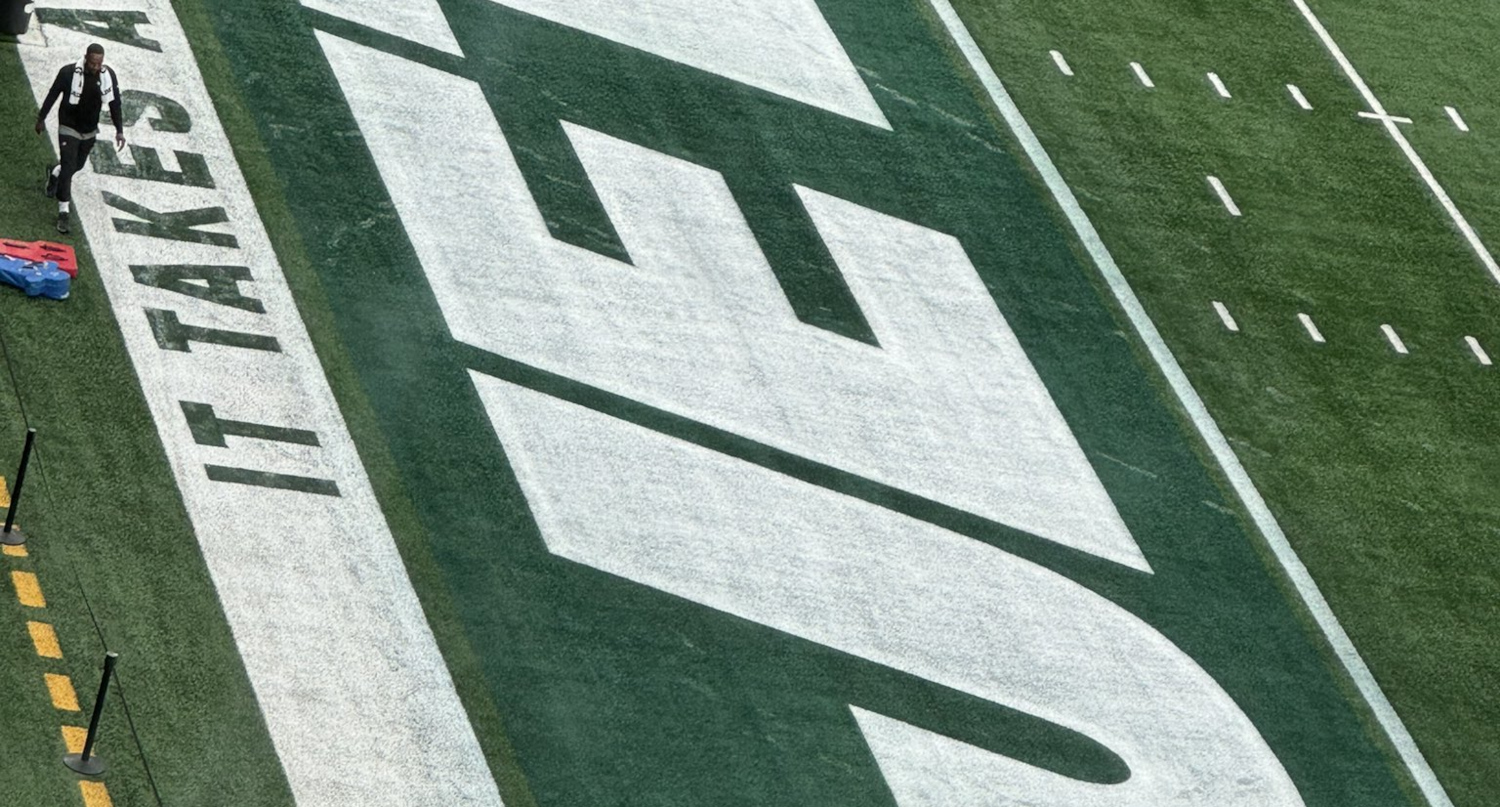Tuesday’s game between the Chicago Cubs and Cincinnati Reds featured great defense, but also two errors. The Reds also lost the game decisively, 12-5, despite outhomering the Reds 12-5.
Additionally, it featured a baffling called third strike, which ended the top half of the ninth inning.
Chicago’s Trey Mancini was up and facing a 1-2 count. Cincinnati’s battery of pitcher Fernando Cruz and catcher Tyler Stephenson did not appear to be on the same page, as it looked like Stephenson got crossed up. Despite that, he did catch the ball.
And despite Stephenson getting crossed up, Mancini not swinging and the pitch being well outside of the strike zone, home plate umpire Rob Drake rang Mancini up.
Umpire Rob Drake rang up Trey Mancini on a pitch that missed so badly the pitcher and catcher didn't even try to sell it.#Cubs #Reds @TreyMancini pic.twitter.com/A8GNWX3kvo
— Umpire Auditor (@UmpireAuditor) April 5, 2023
“Wow, really?” tells you everything you need to know about the call.
Now, the obvious defense here is to look at the scoreboard. Chicago had a safe lead in the ninth inning. The announcers were not completely focused on the game in front of them. It was a blowout. Umpires frequently expand their strike zones late in lopsided games. This is not a new practice and generally, it’s well-accepted in baseball. And if that was all that happened here, this wouldn’t be a story.
But three things offset that allowance.
One, Stephenson was crossed up. Oftentimes if a pitcher crosses a catcher up, the umpire will not call a strike, even if the pitch ends up in the strike zone. It’s even more baffling that an umpire would call a strike on a cross-up that was also clearly outside of the zone.
Two, Cruz and Stephenson both seemed perfectly content with the pitch being called a ball. Neither did much to sell the pitch as a strike. Stephenson even quickly went back into his throwing motion, wanting to get the ball back to Cruz for the 2-2 pitch. Only, before he threw it, he realized that Drake had called a strike and thus, the inning and at-bat were over. If the people who benefited from a call didn’t seem to expect it, there’s a pretty good sign that something went wrong.
Three, even overlooking those two issues, there’s a greater problem. Umpires will almost always make demonstrative strike three calls, separating them for the normal first and second strikes of an at-bat. Drake did not do that. He called that with the same motion and cadence that would normally be associated with a first or second strike. That’s a pretty good sign that he didn’t know the count.
An umpire has to be in control of the game and that starts with knowing what’s happening in it. No game situation that will ever offset that.
[Umpire Auditor] Photo Credit: Marquee Sports Network






